Climbing Hydrangea
$59.50 Original price was: $59.50.$41.65Current price is: $41.65.
- Free Shipping over $25
- Fast & reliable delivery options
- Enjoy top quality items for less
- Multiple safe payment methods

When people first see this beautiful climbing plant, they often do not realize it is a hydrangea, which for most of us is a shrub with pink or blue balls of flowers. Instead, here we have a vigorous climbing plant, with thick stems of shiny chestnut-red bark, and large, deep-green leaves. When in flower the flat plate-like heads have large flowers in a circle surrounding a center of much smaller, fluffy flowers. To cover shady walls, this great plant cannot be beaten.
The Climbing Hydrangea is a remarkable plant, and ideal for all the partially and fully-shaded areas of your garden. In nature it climbs up into trees, and it will do that too in your garden, if you have tall trees with few lower branches, or a stump or dead tree to hide. Usually, though, it is planted on a shady brick or stone wall, where it is one of the few climbing plants that needs no support, since instead it clings with ‘holdfasts’ that sprout from the stem where it touches the wall.
The branches spread out across the surface, and the large green leaves cover the wall in a beautiful green curtain, from spring to fall. The flowers are almost a foot across, and they grow outwards horizontally, all up the wall, looking elegant and charming. This trouble-free plant is also winter hardy, and there is always a place in almost every garden where you can successfully grow this highly-recommended plant.
Growing Climbing Hydrangeas
The Climbing Hydrangea sends out thick stems, which branch regularly to cover a large area of wall. They will grow 30 to 40 feet long, or even more, spreading upwards and outwards, and the thick stems have rough, flaking bark, in a glossy red-brown color. This makes an attractive feature in winter when the leaves are gone. Younger plants cling tightly to the surface, but older plants sent out side shoots, projecting horizontally, which can be 3 or 4 feet long, and create a thick wall covering. Often these are the shoots where flowers are produced.
The leaves are rounded, thick textured and about 6 inches across, with softly-serrated edges and prominent veins, and they resemble the leaves of ordinary hydrangeas. Flowers appear in May or June, and they are arranged in flat, round heads 10 inches across. The flowers around the edge are large, showy and white, while those in the center are small and greenish-white. This arrangement is also seen in ‘lacecap’ shrubby hydrangeas. When the petals fall the flowers in the center develop into reddish-brown seed pods, and look attractive right through fall and winter, especially after the leaves fall. The leaves turn briefly yellow in fall.
Planting and Initial Care
The Climbing Hydrangea is very hardy, growing well in zone 4 through to zone 7 as well as in cooler parts of zone 8. It grows in most soils, growing best in rich, fertile soil, with steady moisture, but not flooded. Prepare the soil well before planting, enriching it with organic material, and water regularly, especially since the soil at the foot of walls can be dry. In grows well in both partial shade with morning sun, and in full shade. In cooler zones it will also grow in full sun, as long as the soil does not become dry, which may cause the leaves to burn in summer.
Uses on Your Property
Use the Climbing Hydrangea to cover blank brick or stone walls on the north or east sides of your home. Grow it over a shady fence to beautify it. Use it to cover old tree stumps, and dead trees. It can also be grown on trellis and pergolas away from walls. It will grow as a ground cover in shade, covering large areas, but flowering is best when it is growing upwards. This plant can take a couple of seasons to become established and start climbing, and also to begin flowering, so be patient. Help it climb by attaching the stems to the wall, but once it begins to climb it needs no further support.
If you used wire or nylon rope to attach it, remember to go back and remove this in a few years, to avoid strangling the stems. Spring mulch will conserve moisture and feed your plant too. Long stems can be pruned back to the wall if necessary, but no pruning is really needed except for neatness. Always cut back to a pair of buds. Do this in early spring, before new growth begins, and remove old flowers at the same time.
History and Origins of the Climbing Hydrangea
The climbing hydrangea (Hydrangea petiolaris) is a native to Japan, South Korea and Sakhalin island in Siberia, where it grows in woodlands, spreading across the forest floor and climbing high into trees. It is very similar to another climbing hydrangea from China, Hydrangea anomala, with very similar habits and appearance, and it is sometimes considered a sub-species of that one, and then listed as Hydrangea anomala subsp. petiolaris. It has been widely grown in gardens for many years. Our plants are grown from selected forms with large flowers and vigorous growth, and they will develop into handsome and reliable plants. The range and availability of shade-tolerant climbers is limited, and these plants are in high demand – so order now while our stock remains available.
Be the first to review “Climbing Hydrangea” Cancel reply
Related products
Other Shrubs & Hedges
Pieris
Lilacs
Hydrangeas
Hydrangeas
Hibiscus
Rhododendron
Boxwood Shrubs


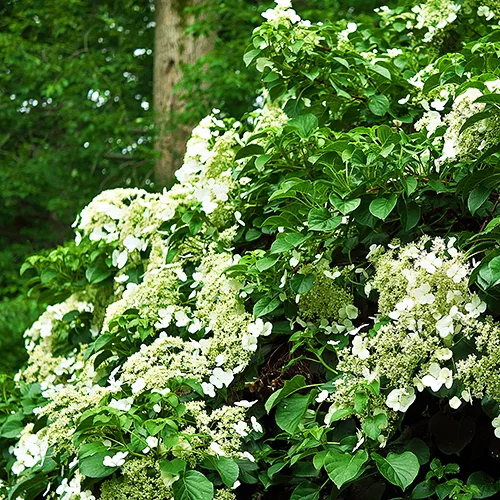

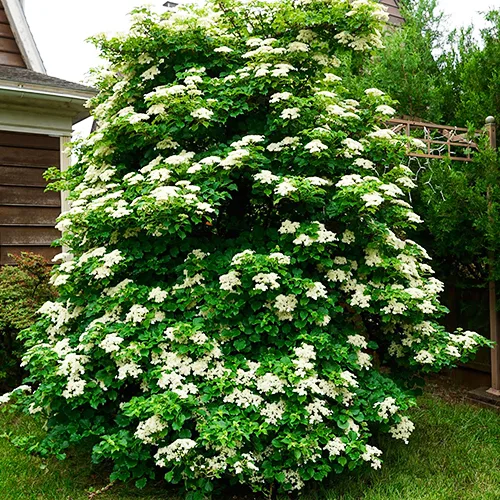
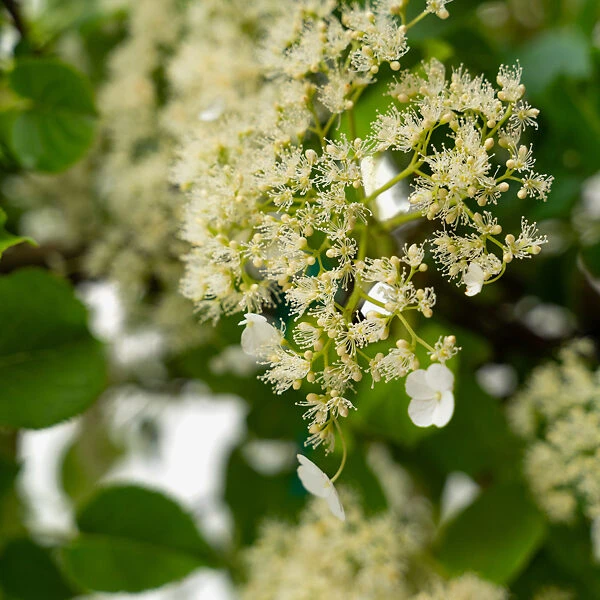

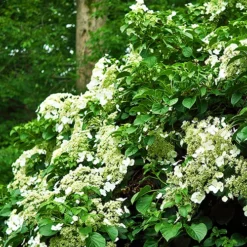
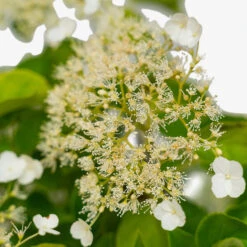

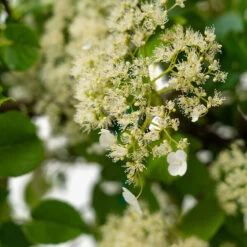
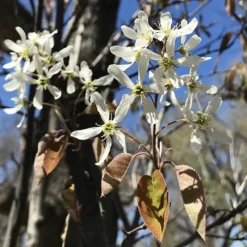


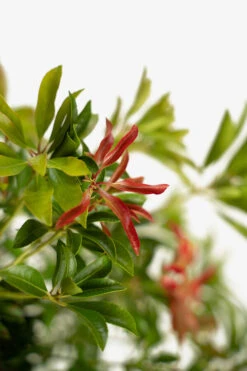
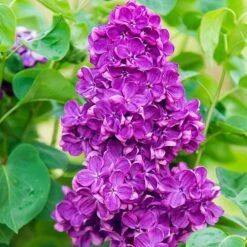
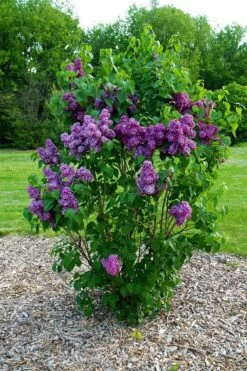
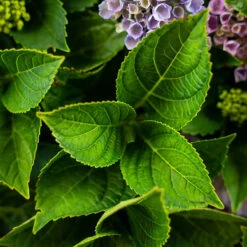
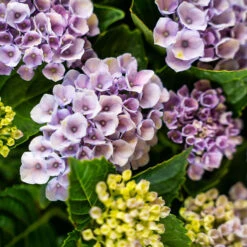


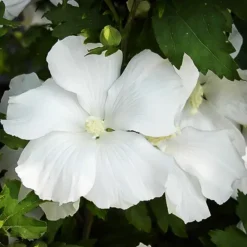
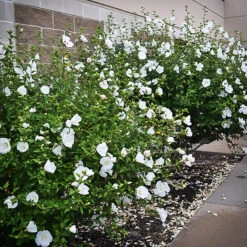

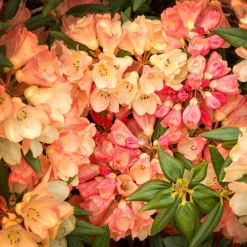


Reviews
There are no reviews yet.